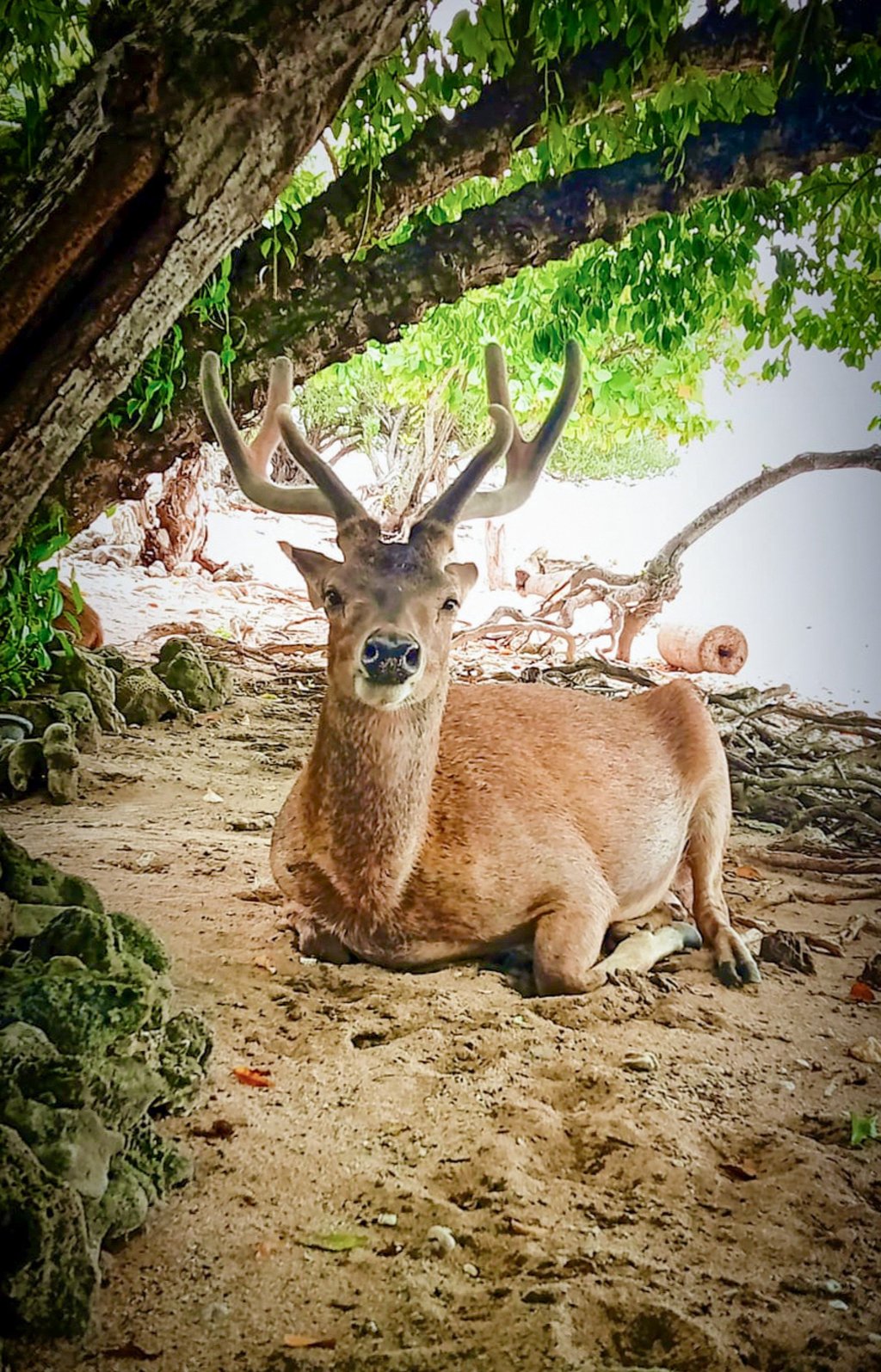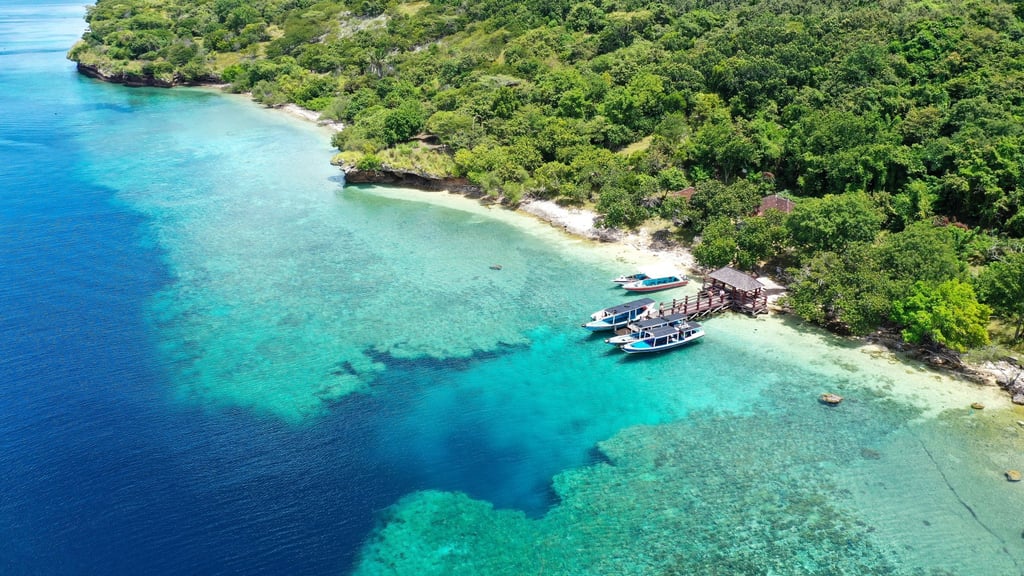The unspoilt nature of Indonesia’s West Bali National Park
There’s only one place on the Indonesian holiday island to see ‘big five’ in their original habitat, amid landscapes of indigenous flora

It was established in 1941 as a nature reserve on the northwestern tip, to protect the Bali tiger. In 1970, management was handed over to the Indonesian government’s forestry department and the area was gazetted as a national park in 1995.
Today, the park covers 190 sq km of mountain ranges, savannah, rainforest, mangroves, coral reefs and Pulau Menjangan, a small uninhabited island just off the coast.

The Bali tiger may have disappeared but the park still provides sanctuary to more than 300 species of native animals and birds, including all of Bali’s largest fauna: the Javan langur, a dark-haired monkey that is listed as “vulnerable” on the IUCN Red List; the water monitor, the second-largest lizard species in the world, after the Komodo dragon; three species of dolphin; the giant squirrel, which can grow up to 90cm tall; and the Javan rusa deer.
I recently spent a weekend in the park tracking Bali’s “big five”.

The journey begins at the international airport in Kuta, where I hire a car for the four-hour drive to Labuan Lalang, a fishing hamlet set on a sparkling blue bay on Bali’s north coast, and the eastern periphery of the park.